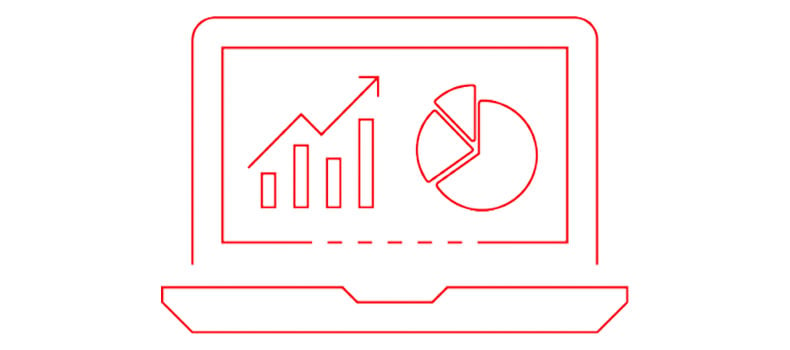Stay up to date with our latest news and insights
Supporting description on the types of content that feature in the blog.

According to Forrester, “on average, between 60% and 73% of all data within an enterprise goes unused for analytics”.
In a company with multiple departments all working on different processes, there is a lot of data to capture and handle and in some cases, it’s too much for someone to monitor and keep on top of at all times. This can lead to wasted data and analytics that could otherwise be used to spot trends and improve process efficiency.
This brings to light a challenge: how can a company capture all of the data and make the best use out of it?

If you consider the real value of data to be how it can be used for process optimisation and to spot bottlenecks, there is an opportunity to be proactive in resolving issues, before they have the chance to become bigger issues.
By gaining real-time, end-to-end visibility of data across different complex business processes, you can begin to make use of the data by analysing it.
This is where process intelligence software comes into play. By implementing process intelligence software, it’s possible to bring data and information from different systems (databases, websites, portals etc) together.
This makes the data easier to monitor in real-time and allows you to take actions based on the data and analytics shown. Here’s a few examples of how it might be applied:
1) Supply Chain Process Monitoring - With real-time data, you can keep customers informed and communicate the status of orders.
2) Financial Process Monitoring - This might include invoice processing and cash flow predictions.
3) Complaint Handling - See the entire end-to-end process and ensure there aren’t any bottlenecks that cause delays in the process.
Process intelligence software gives a quick snapshot of the processes in your business and allows you to easily monitor these processes and identify trends that might need to be stopped.
With the use of robotics process automation (RPA) and artificial intelligence (AI), it’s possible to automate the monitoring of analytics with self correction options that mean human resource time isn’t wasted.
1) Make fast decisions based on data available around different tasks in a business process.
2) Compare two different versions of a business process (tasks being done by different teams or in different work queues) and manage workloads accordingly.
3) Spot and be proactive in fixing in-efficiencies.
Supporting description on the types of content that feature in the blog.

20-09-2024
Digital document management tools offer a range of compelling benefits for businesses, including a PDF editor, a file converter and a form generator. You can also integrate with digital signatures qui...

20-09-2024
When choosing a SaaS software to deal with your company’s PDF documents and enable forms to be digitally sent and signed, you’ll want a product that’s user-friendly and easy to use. With Tungsten’s Po...

11-07-2024
Belkin is a global technology company that provides high-quality electronics products, from wireless chargers to power banks. Their people-centric approach and best-in-class functionality have positio...